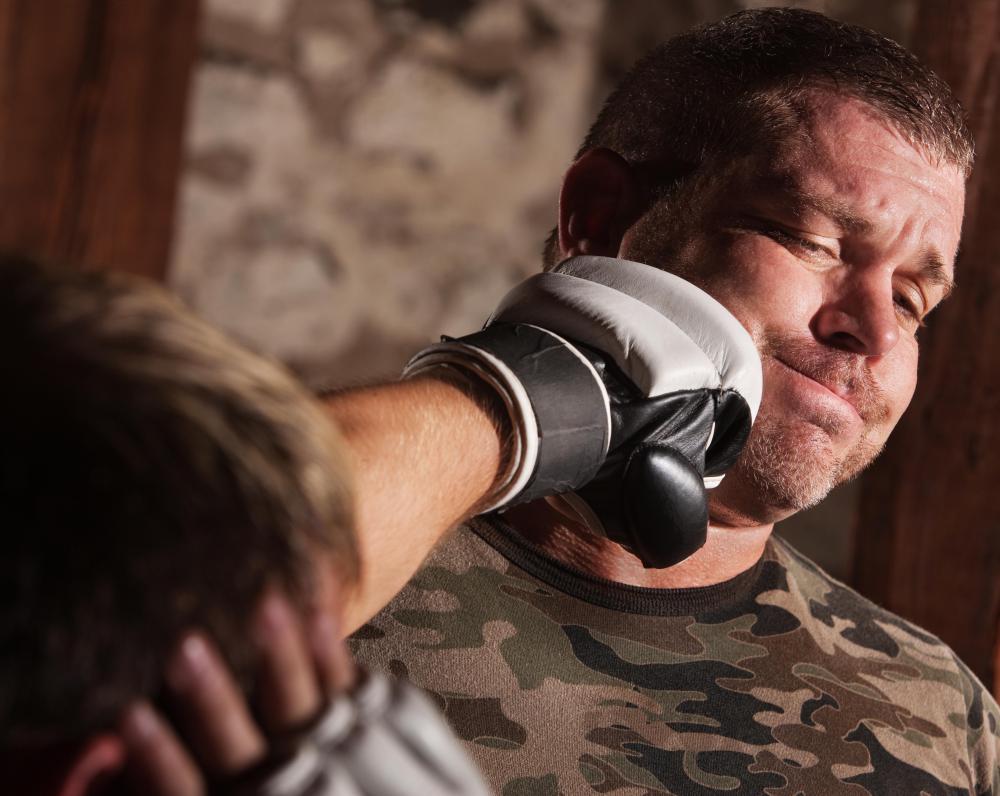At WiseGEEK, we're committed to delivering accurate, trustworthy information. Our expert-authored content is rigorously fact-checked and sourced from credible authorities. Discover how we uphold the highest standards in providing you with reliable knowledge.
What Causes a Cauliflower Ear?
Cauliflower ear, a condition in which the cartilage in the outer ear becomes pale, shriveled, and deformed, typically develops as the result of an injury, often some type of blunt trauma to the outer ear. This can then cause blood to pool or clot between the skin there and the underlying cartilage, cutting off the blood supply to the cartilage and leading to death of the tissue. Once this happens, the cartilage will fold in on itself, giving it a crumpled, cauliflower-like appearance.
Injury is typically the precipitating event that leads to a cauliflower ear. Often, it is the result of some type of blunt force trauma to the ear, such as a punch or a fall where the side of the head hits the floor. The damage may occur from a single incident or it may be the result of many injuries over time.

People who are likely to be hit in the ear due to their profession or activities, such as boxers, martial artists, or wrestlers, are particularly susceptible to developing cauliflower ear. The condition is even sometimes called boxer's ear or wrestler's ear. Wearing protective headgear that covers the ears during these activities can often help to avoid the issue.

Once the ear is injured, blood may collect and form a hematoma, or clot, between the skin and the cartilage that makes up the majority of the structure of the outer ear. The area may also be susceptible to infection, which can further separate skin and cartilage. The cartilage of the ear receives its entire blood supply from the surrounding skin, so when the two are separated, oxygen and nutrients no longer get to the cartilage. Unless the issue is treated relatively quickly by draining the trapped fluid, using compression, and treating any infection, the tissue may die from lack of blood flow.
After the cartilage in the outer ear has died, it begins to develop the appearance that gives it the name cauliflower ear. The dead tissue folds up and shrivels in on itself, appearing crumpled, lumpy, or swollen. Due to the lack of blood supply, it may also appear very pale, further contributing to the similarity to the look of cauliflower. Though treatment can prevent the ear from becoming deformed in this manner, once it happens it is difficult or impossible to repair and will likely be permanent.
AS FEATURED ON:
AS FEATURED ON:












Discuss this Article
Post your comments